Since 1999, ACA’s project “Conserving Brazil Nut Forests” program has supported more than 500 harvester families in the protection of nearly two million acres of rainforest.
Native to the Amazon basin, Brazil nut trees are some of the largest rainforest; they grow up to 165 feet tall and have a lifespan of several hundred years. Because these trees produce selenium-rich nuts only when growing in healthy forests, the earnings from harvesting nuts (which accounts for more than half of the income of these families) serves as an incentive for forest protection.
Today, our work is focused on preserving forests and improving the livelihoods of indigenous Brazil nut harvesters in Peru and Bolivia.
“Before this program, we were paid less for our Brazil nuts and we did not have a place to store the product, but now… we have storage space and the value of our nuts is higher because we can guarantee that the product is well preserved. In addition, trees that did not produce now do because we know how to take care of them. We didn’t know how to do it before, but now we do thanks to the guidance of Amazon Conservation.”
– Gilmar, member of the Tacana Indigenous Community in Bolivia
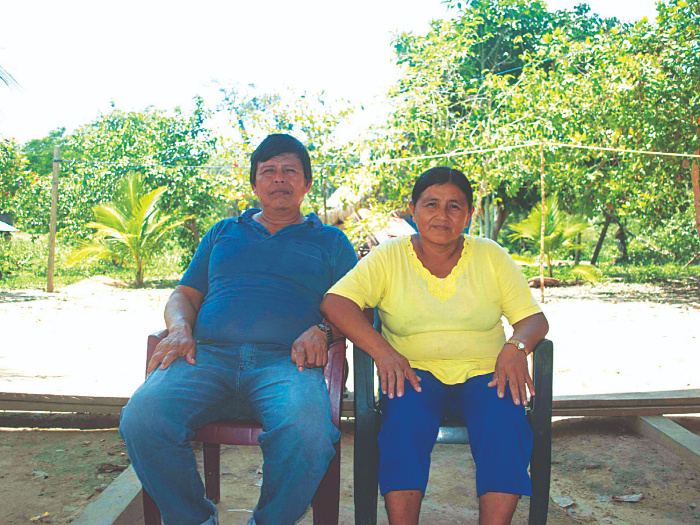
There are times where deforestation happens solely because people need to create an income and grow food in order to survive.
In Amazonian forests, where the options of work are limited and poverty can be an everyday occurrence, people turn to destructive practices like illegal gold mining and logging to make money and feed their families.
We support communities in creating forest-friendly, economic alternatives that are not only good for nature, but more profitable. These include uniting agriculture and conservation to plant and harvest cacao and the native cupuazú amid local forests as well as sustainably and efficiently harvesting plants that already grow in native forests, such as açaí and Brazil nuts.
We provide direct funding, education, tools, and technology to individuals and communities in improving how they grow, harvest, process, and sell their crops locally and internationally. These alternatives elevate local economies while giving local families a way to earn an income while protecting forests.
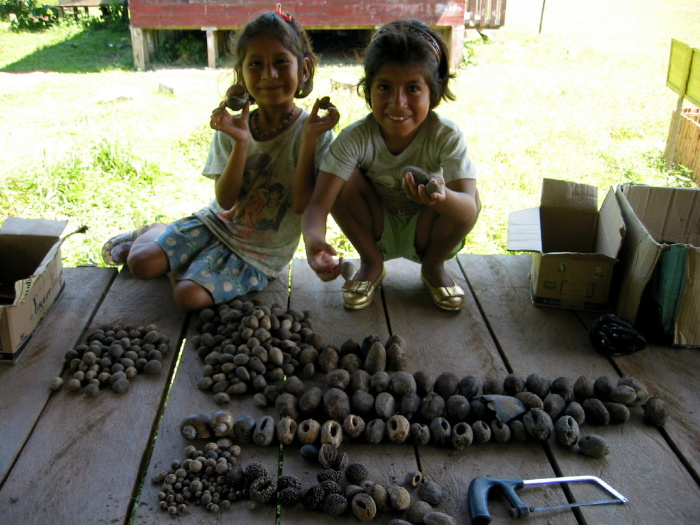
Amazonian soil is famously poor in quality, and farming – especially where the Andes Mountains meet the Amazon rainforest – can be a challenge.
We assist local communities in the Andean highlands to plant and harvest tarwi on their land. Tarwi is an ancient Andean legume that has nitrogen-fixing properties, which can improve soil fertility and help reduce agricultural expansion, contributing toward the conservation of threatened highland forests.
This means that farmers can plant it on degraded land and it will not only help restore the minerals in the soil but will also be a good source of food to be consumed and sold. The crop has also been proven to deliver favorable returns for beneficiaries, as it has a strong local and regional market.
We also supported the creation of a seed fund and a local farmer’s association to give continuity to the crop’s success in the area.
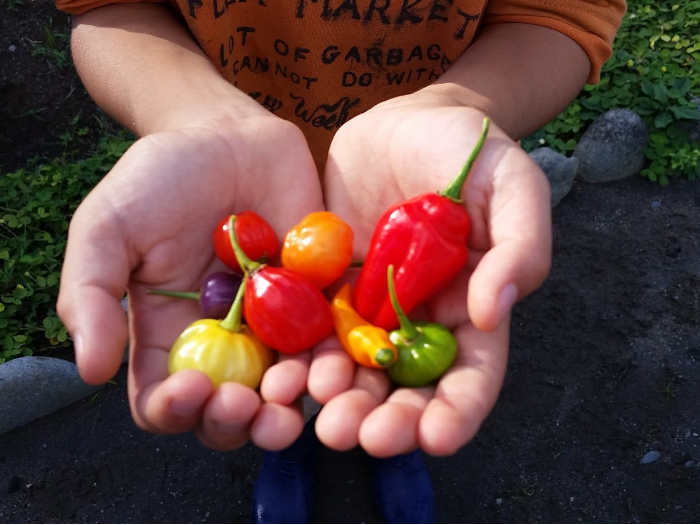
In Amazonian ecosystems, most of the rich nutrients that support rainforest species are held in the forest canopy, not in the forest’s soil.
Slash-and-burn agriculture is a common practice for the area’s small-scale farmers, but because the agricultural plots it creates are only productive for about five years, new land is continuously cleared – a cycle that drives deforestation.
Adding biochar to the soil is a simple way to prolong agricultural productivity, boost plant yield by almost 40%, and break the slash-and-burn cycle. We teach local communities how to produce and use this ancient technology in their daily lives.
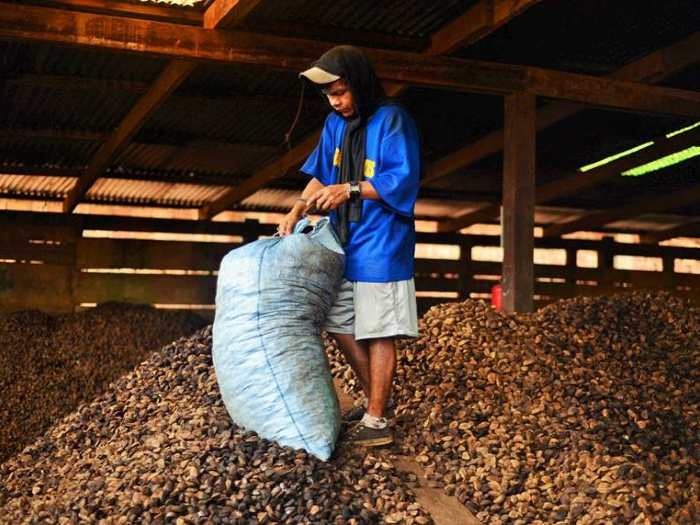
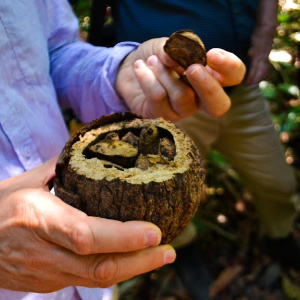
For farmers who partnered with Amazon Conservation in their agroforestry activities
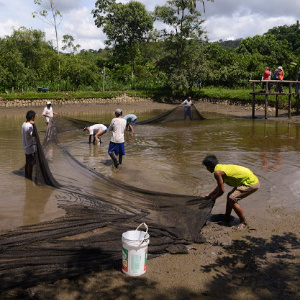
Created and maintained to date producing 150 tons of fish per year.
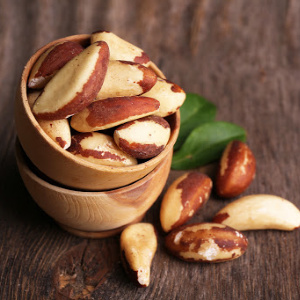
Produced sustainably by local communities supported by Amazon Conservation, generating millions of dollars in revenue
Among birders, a Big Day is a day in which birders or teams of birders strive to identify and record as many bird species in a defined area as they can in a single day. This year, Amazon Conservation is proud to sponsor the first-ever Women’s Big Day in Peru at our Manu Conservation Hub […]
At 2022’s COP15 (the United Nations Biodiversity Conference of the Parties to the UN Convention on Biological Diversity) in Montreal, Peru announced the recognition of Los Amigos Conservation Concession as its first of two Other Effective Area-Based Conservation Measures (OECM), as part of Peru’s efforts to meet the goal set by the Biological Diversity Agreement […]
On December 20, 2022, with technical support from our sister organization in Bolivia, Conservación Amazónica – ACEAA, the Mayor’s office of Porvenir in the Amazonian department of Pando, established the Natural Area of Integrated Management of the Porvenir Forest. This new protected area will ensure the health and sustainable management of these productive forests with […]